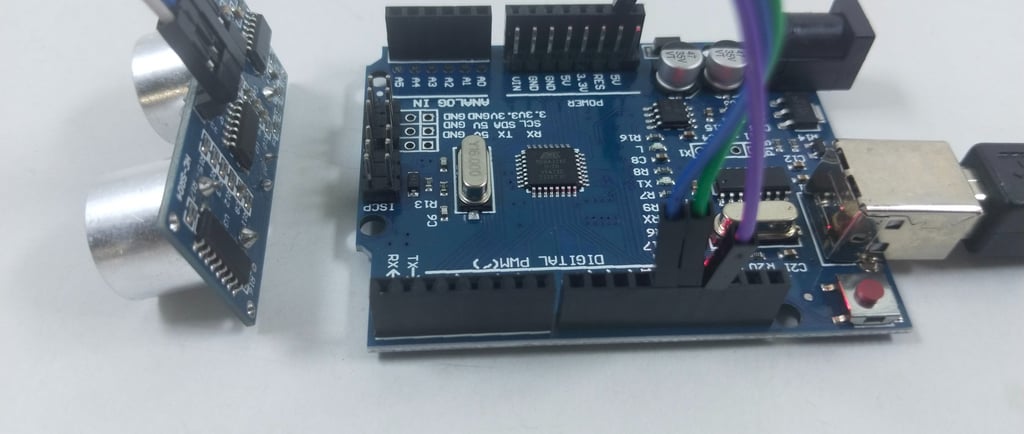A Beginner's Journey into Embedded Systems
Embedded systems are at the core of modern technology, driving everything from home appliances to industrial machinery. As a student or hobbyist, understanding embedded systems opens up a world of innovation and problem-solving. Here’s a detailed roadmap to get you started.....
ARTICLE
12/30/20242 min read


A Beginner's Journey into Embedded Systems
Embedded systems are at the core of modern technology, driving everything from home appliances to industrial machinery. As a student or hobbyist, understanding embedded systems opens up a world of innovation and problem-solving. Here’s a detailed roadmap to get you started.
What Are Embedded Systems?
An embedded system is a specialized computing solution designed to perform specific tasks within a larger system. Unlike general-purpose computers, they operate under tight resource constraints and are often optimized for efficiency, reliability, and speed.
Key Components
Hardware:
Microcontrollers and Microprocessors: Devices like Arduino, ESP32, or STM32 act as the brain
of the system.
Sensors: Capture data from the environment, such as temperature, pressure, or motion.
Actuators: Execute actions based on processed data, like motors or displays.
Software (Firmware):
Programs designed to run specific tasks on the hardware efficiently. Languages like C, C++, and Python are often used.
Real-Time Operating Systems (RTOS):
Advanced systems may use RTOS to manage tasks and resources efficiently, ensuring real-time responsiveness.
Tools and Resources for Beginners
Development Boards: Arduino and Raspberry Pi are excellent for beginners, offering pre-configured environments for experimentation.
IDEs and Simulators: Use Arduino IDE, Keil, or MPLAB for programming and debugging.
Hardware Components: Start with LEDs, basic sensors, motors, and breadboards to build simple circuits.
Online Tutorials and Communities: Platforms like GitHub, Hackaday, and Reddit provide project ideas and troubleshooting advice.
Beginner Project Ideas
LED Blinker: Learn the basics of GPIO pin control by programming an LED to blink.
Temperature Logger: Use a temperature sensor to collect data and display it on an LCD or send it to a cloud platform.
Smart Home Automation: Create a basic system to control lights or appliances remotely.
Line-Following Robot: Combine sensors and motors to create a robot that navigates a track autonomously.
Tips for Success
Start Small: Begin with basic projects to build foundational knowledge.
Practice Regularly: Consistent experimentation helps bridge the gap between theory and application.
Learn Debugging: Mastering debugging tools like oscilloscopes and logic analyzers will make troubleshooting easier.
Join Communities: Engage with forums and groups to gain insights and share knowledge.
Why Learn Embedded Systems?
The field of embedded systems is evolving rapidly with the rise of IoT, robotics, and automation. Learning embedded systems equips you with skills that are highly sought-after in industries like automotive, healthcare, and consumer electronics. By starting small and scaling up, you can transform ideas into tangible solutions and open the door to a dynamic career in technology.
Dive into the world of embedded systems today, and begin a journey filled with innovation and endless possibilities!
